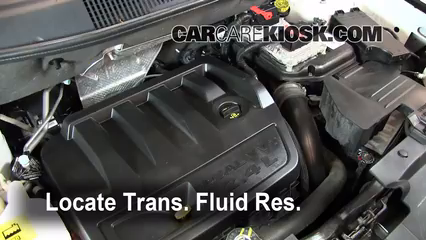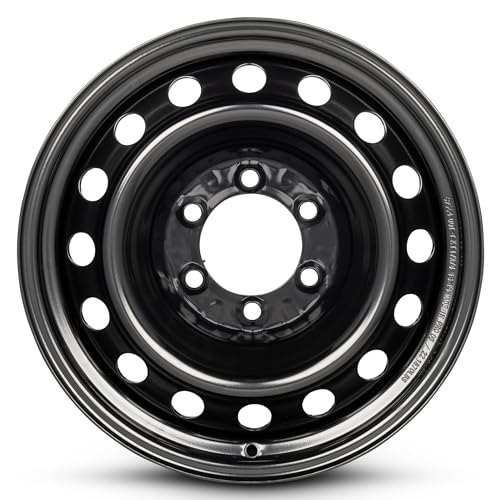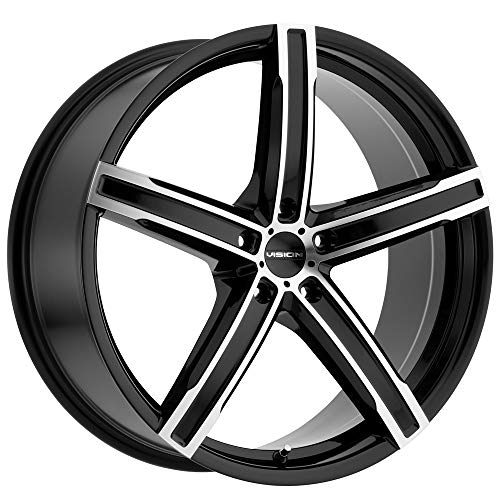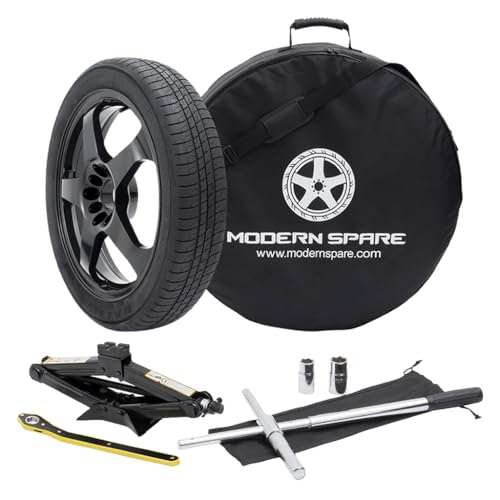The 2018 Jeep Compass is a reliable car. It drives well on roads and off-road. To keep it working well, you need to check its transmission fluid. This fluid is very important for your car.

Credit: www.youtube.com
What is Transmission Fluid?
Transmission fluid helps your car move smoothly. It keeps the gears working well. It also cools them down. Think of it like the blood of your car. Without good transmission fluid, your car might not work right.
Why is Transmission Fluid Important?
Transmission fluid is important for many reasons. It helps in reducing friction. It keeps the gears from grinding. It makes driving smooth and easy. It also helps in cooling down the transmission parts. This helps them last longer.
Types of Transmission Fluid
There are different types of transmission fluids. Each type is made for different cars. For the Jeep Compass, you need the right type. Using the wrong type can harm the car.
- Automatic Transmission Fluid (ATF) – This is common for cars with automatic gear systems. Jeep Compass uses this fluid.
- Manual Transmission Fluid – Used in cars with manual gear systems. Not needed for Jeep Compass.
- CVT Fluid – Used in cars with Continuously Variable Transmissions. Compass does not use this.
How to Check Transmission Fluid
Checking transmission fluid is easy. You can do it at home. Here are simple steps:
- Park your car on a flat surface. This makes checking easier.
- Turn off the engine. Let it cool down.
- Open the hood. Find the transmission dipstick. It looks like a long stick.
- Pull out the dipstick. Wipe it clean with a cloth.
- Put the dipstick back in. Pull it out again.
- Check the fluid level. It should be between two marks on the stick.
- Look at the fluid color. It should be pink or red. If it’s dark, you may need to change it.
When to Change Transmission Fluid
You should change the transmission fluid regularly. This keeps your car running well. Experts suggest changing it every 30,000 miles. Or every two years. This helps prevent problems.
Benefits of Changing Transmission Fluid
Changing transmission fluid has many benefits. It improves car performance. It reduces wear and tear. It helps save money on repairs. It also makes your car last longer.
How to Change Transmission Fluid
Changing transmission fluid is a bit more work. You can do it at home. Or you can ask a mechanic. Here are the steps if you want to do it yourself:
- Lift the car with a jack. Make sure it’s safe to work under.
- Place a pan under the transmission. This catches the old fluid.
- Remove the drain plug. Let the old fluid flow into the pan.
- Replace the plug. Make sure it’s tight.
- Open the hood. Find the transmission dipstick.
- Use a funnel. Pour new transmission fluid through the dipstick tube.
- Check the fluid level with the dipstick.
- Start the engine. Let it run for a few minutes. Check for leaks.

Credit: www.carcarekiosk.com
Where to Buy Transmission Fluid
You can buy transmission fluid at many places. Auto shops sell it. Online stores have it too. Make sure to buy the right type. The wrong type can damage your car.
Frequently Asked Questions
What Type Of Transmission Fluid Does A 2018 Jeep Compass Use?
The 2018 Jeep Compass typically uses ATF+4 transmission fluid. Check your owner’s manual for confirmation.
How Often Should I Change Transmission Fluid In My Jeep Compass?
Change the transmission fluid every 60,000 miles. This helps maintain optimal performance and longevity.
Can I Check Transmission Fluid Level Myself In A Jeep Compass?
Yes, you can check it yourself. Use the dipstick under the hood to check levels.
What Happens If Transmission Fluid Is Low In A Jeep Compass?
Low fluid can lead to overheating and damage. It can cause shifting issues. Check levels regularly.
Conclusion
Transmission fluid is very important for your Jeep Compass. It keeps your car working well. Check it often. Change it regularly. Your car will thank you. Drive safe!





Leave a Reply